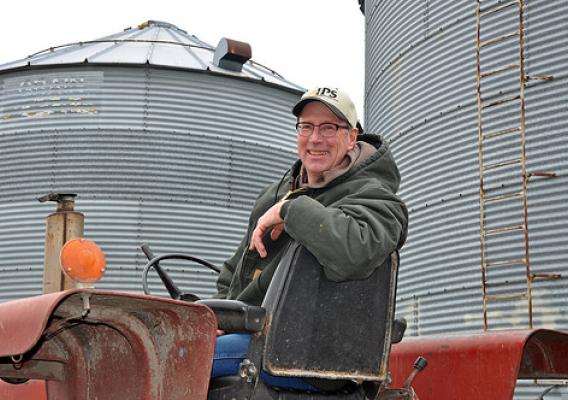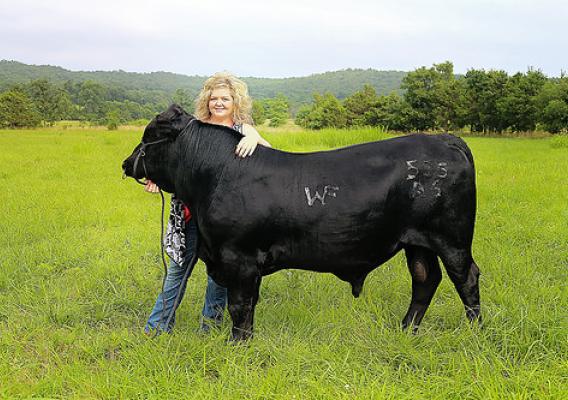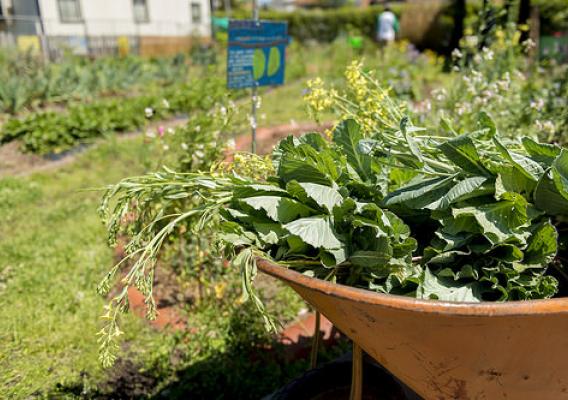Across the country, from small towns to big cities, a vibrant downtown likely includes a farmers market. That is exactly what city leaders from Greenwood, S.C., were thinking when they talked about revitalizing their downtown. The Greenwood City Council voted unanimously to approve a $2.1 million construction bid for a new multi-functional farmers market, the Uptown Market. The Uptown Market will be 156 feet long and 47 feet wide and a focal point for the community. The planned site was originally the location of the town’s railroad station and inspired the design that mimics a train station to fit the historical character of the town.
USDA supports partnerships across the country to create greater economic impact for rural Americans. In 2013, USDA’s Agricultural Marketing Service (AMS) Architect Fidel Delgado got involved in providing technical assistance for the development of Greenwood’s new farmers market. With over 20 years of experience, Delgado provided case studies and worked with City Manager Charlie Barrineau to understand the community needs, learn about the area farmers, and review the site. Greenwood Mayor Welborn Adams said, “Fidel brought great insight to the project and really helped expedite the process.”









